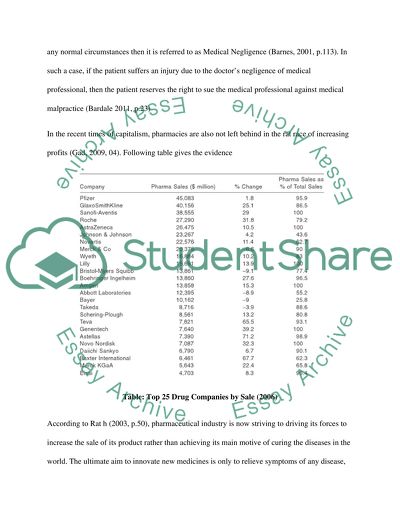Cite this document
(“Medical Negligence and Malpractice Essay Example | Topics and Well Written Essays - 3000 words”, n.d.)
Retrieved from https://studentshare.org/law/1398765-medical-negligence-and-malpractice
Retrieved from https://studentshare.org/law/1398765-medical-negligence-and-malpractice
(Medical Negligence and Malpractice Essay Example | Topics and Well Written Essays - 3000 Words)
https://studentshare.org/law/1398765-medical-negligence-and-malpractice.
https://studentshare.org/law/1398765-medical-negligence-and-malpractice.
“Medical Negligence and Malpractice Essay Example | Topics and Well Written Essays - 3000 Words”, n.d. https://studentshare.org/law/1398765-medical-negligence-and-malpractice.


